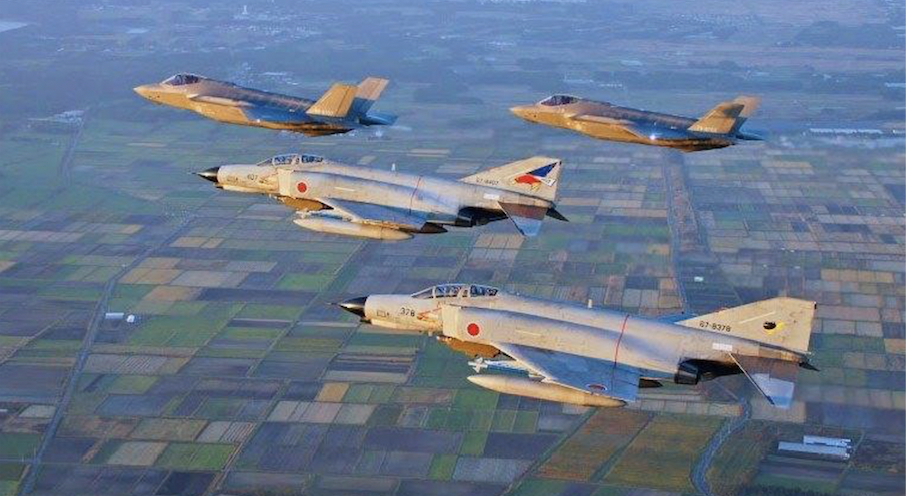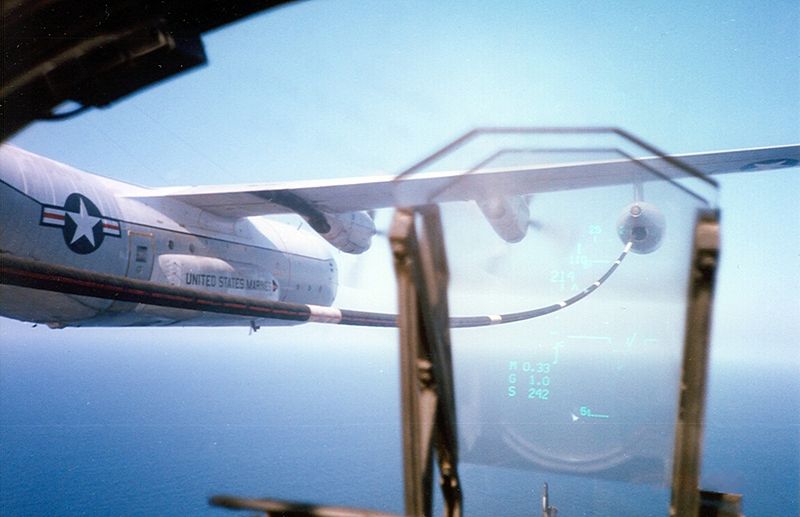- Joined
- 27 September 2006
- Messages
- 6,417
- Reaction score
- 6,823
The Harrier has become such a crucial part of the Royal Navy and Royal Navy history that I dont think we have yet risked a thread about a world in which it never entered service.
Like all early VSTOL designs the P1127 was not easy to fly..It only existed at all because of US funding and subsequent support from the USMC.
These evaporated after spectacular crashes imvolving all the P1127 prototypes and the death of two senior test pilots.
The Royal Navy barely noticed..It was looking forward to getting the big new CVA01 aircraft carrier and the F4 Phantom.
The RAF had plenty of converted Hunter fighters in the ground attack role..These would be adequate for supporting Britain's dwindling foreign commitments and in any case it had TSR2.
By 1967 this complacency had vanished. The aircraft carrier was to be replaced from 1972 by a combination of helicopter equipped missile cruisers and nuclear submarines with an as yet undesigned missile to take on ships and shore targets.
TSR2 had gone..F111K followed but the RAF inherited the RN's Phantoms and Buccaneers..It was also due to get the Anglo.French Jaguar to replace its Hunters.
By 1980 this new look RN and RAF was on track, sort of. The missile for the SSN still had not been built so US Harpoons were ordered instead. Exercises had shown that RAF Phantoms could not always cover the new RN helicopter carriers and their escorts in the North Atlantic. But the RAF had high hopes for the new air defence variant of Tornado.
Thus when the Argentinians seized the Falklands in 1982 Defence Secretary.Nott told a grim faced Prime Minister that nothing military could be done.
"What about Ark Royal and her Phantoms?" Thatcher asked, thinking she had caught Nott out.
"Prime Minister she was taken out of service in 1972 along with the other aircraft carriers. Successive governments, including yours have agreed that British forces will not atage an amphibious operation against a defended objective without support from NATO. The Falklands are outside that area.". The Admiral spoke before Nott could answer.
"Very well. Peter you had better ask General Haig to come across as you suggested..We will have to accept his mediation." Lord Carrington nodded agreement.
As a footnote, US Marine squadrons in the 1991 arrived in Saudi Arabia with F18s (instead of AV8s).both on land bases and on aircraft carriers. The F18 went on to take part in operations in the Balkans and Enduring Freedom.
The RAF took part in both with Buccaneers Jaguars and Tornados.
In the 1997 Defence Review a paragraph covered replacement of the helicopter carriers which had taken no part in either operation..
"The Merlin helicopters at present based on the three Invincible class cruisers will instead be supported by RFAs and deployed on destroyers and frigates.This will represent a considerable saving."
Like all early VSTOL designs the P1127 was not easy to fly..It only existed at all because of US funding and subsequent support from the USMC.
These evaporated after spectacular crashes imvolving all the P1127 prototypes and the death of two senior test pilots.
The Royal Navy barely noticed..It was looking forward to getting the big new CVA01 aircraft carrier and the F4 Phantom.
The RAF had plenty of converted Hunter fighters in the ground attack role..These would be adequate for supporting Britain's dwindling foreign commitments and in any case it had TSR2.
By 1967 this complacency had vanished. The aircraft carrier was to be replaced from 1972 by a combination of helicopter equipped missile cruisers and nuclear submarines with an as yet undesigned missile to take on ships and shore targets.
TSR2 had gone..F111K followed but the RAF inherited the RN's Phantoms and Buccaneers..It was also due to get the Anglo.French Jaguar to replace its Hunters.
By 1980 this new look RN and RAF was on track, sort of. The missile for the SSN still had not been built so US Harpoons were ordered instead. Exercises had shown that RAF Phantoms could not always cover the new RN helicopter carriers and their escorts in the North Atlantic. But the RAF had high hopes for the new air defence variant of Tornado.
Thus when the Argentinians seized the Falklands in 1982 Defence Secretary.Nott told a grim faced Prime Minister that nothing military could be done.
"What about Ark Royal and her Phantoms?" Thatcher asked, thinking she had caught Nott out.
"Prime Minister she was taken out of service in 1972 along with the other aircraft carriers. Successive governments, including yours have agreed that British forces will not atage an amphibious operation against a defended objective without support from NATO. The Falklands are outside that area.". The Admiral spoke before Nott could answer.
"Very well. Peter you had better ask General Haig to come across as you suggested..We will have to accept his mediation." Lord Carrington nodded agreement.
As a footnote, US Marine squadrons in the 1991 arrived in Saudi Arabia with F18s (instead of AV8s).both on land bases and on aircraft carriers. The F18 went on to take part in operations in the Balkans and Enduring Freedom.
The RAF took part in both with Buccaneers Jaguars and Tornados.
In the 1997 Defence Review a paragraph covered replacement of the helicopter carriers which had taken no part in either operation..
"The Merlin helicopters at present based on the three Invincible class cruisers will instead be supported by RFAs and deployed on destroyers and frigates.This will represent a considerable saving."
Last edited:


